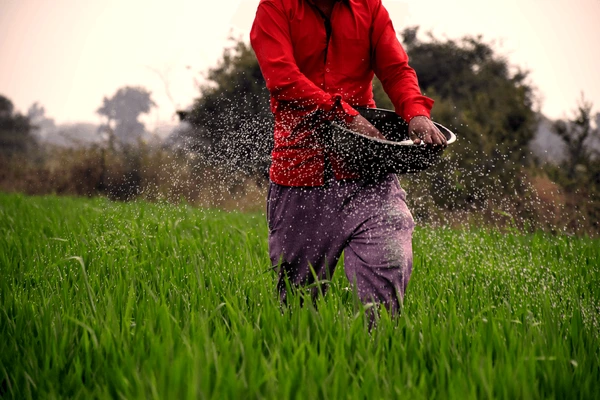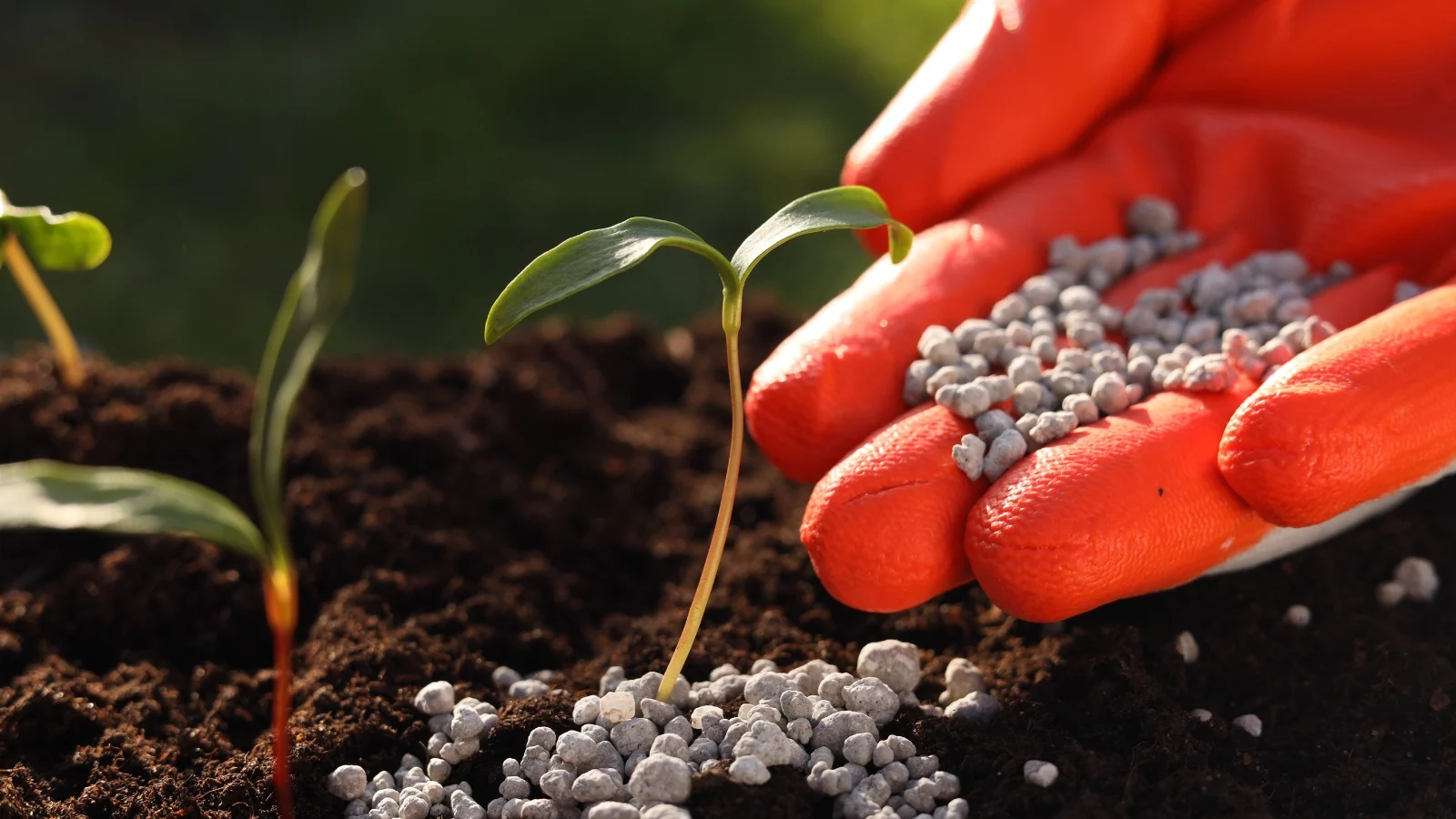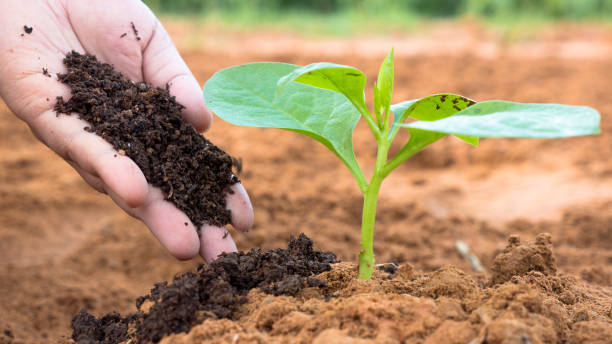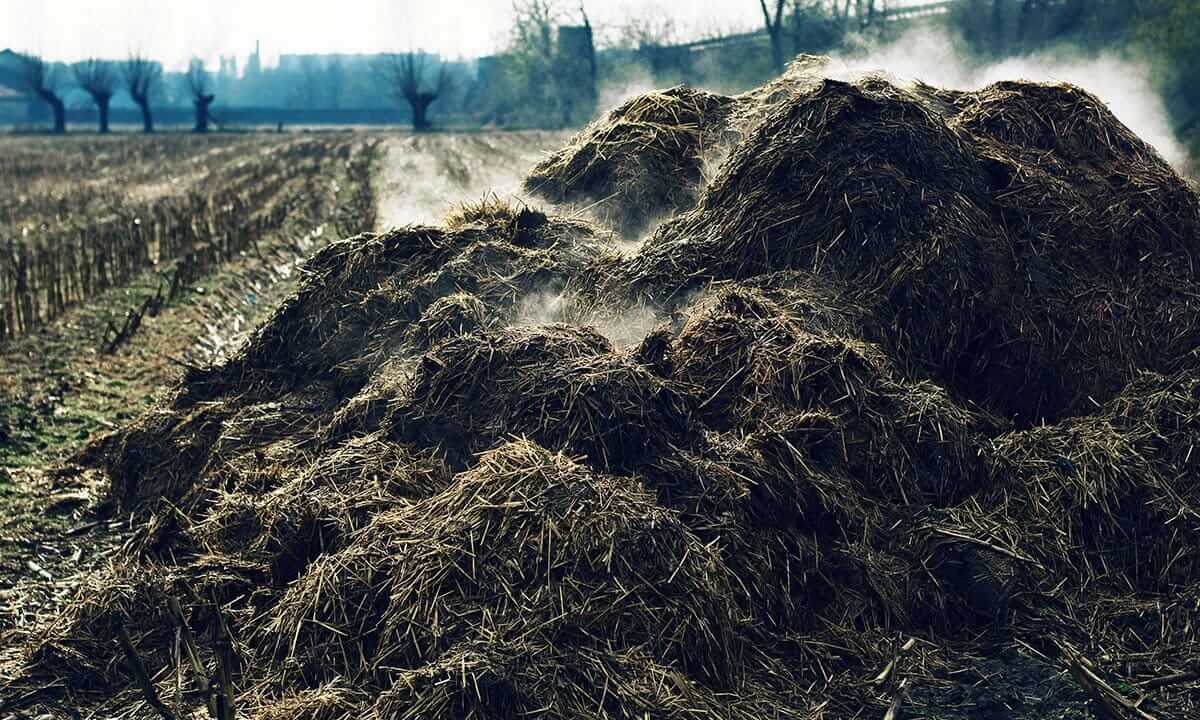In modern farming, organic and sustainable practices are gaining more importance than ever. Among these practices, the use of manure plays a crucial role in maintaining soil health and enhancing crop productivity. It is a natural fertilizer packed with essential nutrients that promote plant growth, improve soil structure, and reduce the dependency on chemical fertilizers. But using fertilizer correctly is critical to achieving the best results without causing environmental harm. In this guide, we’ll dive into how to effectively use manure in agriculture.

What Is Manure?
Manure refers to animal feces, often mixed with straw, hay, or bedding material, that can be used as a natural fertilizer. Common sources include cows, horses, poultry, sheep, goats, and pigs. Manure contains nitrogen (N), phosphorus (P), potassium (K), and a variety of micronutrients vital for plant growth.
There are two primary types of manure :
- Raw in Manure: Fresh fertilizer directly from animals.
- Composted in Manure: fertilizer that has been aged and decomposed, reducing pathogens and making nutrients more available to plants.
Benefits of Using Manure in Agriculture
- Improves Soil Fertility: Manure supplies essential nutrients that enrich the soil, promoting healthy plant growth.
- Enhances Soil Structure: It improves the soil’s ability to retain moisture and resist erosion.
- Encourages Microbial Activity: The organic matter in fertilizer feeds beneficial soil organisms.
- Reduces Chemical Use: fertilizer can replace or reduce the need for synthetic fertilizers.
- Sustainable Waste Management: Using fertilizer recycles animal waste that would otherwise become an environmental pollutant.
How to Use Manure Properly
Using fertilizer incorrectly can lead to nutrient runoff, pollution, and even plant damage. Here are the best practices for fertilizer application:
1. Choose the Right Type of Manure
Different types of manure have different nutrient compositions. For example:
- Chicken manure is high in nitrogen and excellent for leafy vegetables.
- Cow manure is balanced and ideal for general field crops.
- Horse manure often contains weed seeds and needs proper composting.
Always select the type of fertilizer based on your crop needs and soil condition.
2. Compost the Manure
Fresh fertilizer can contain pathogens, weed seeds, and high levels of ammonia that can burn plants. Composting helps:
- Kill pathogens and weed seeds through heat.
- Stabilize nutrients, making them more available for plants.
- Reduce odor and bulk.
A good composting practice involves maintaining a balance between carbon-rich materials (like straw) and nitrogen-rich fertilizer, keeping the pile moist, and turning it regularly for aeration.
How to Compost fertilizer:
- Create a pile or bin of manure mixed with bedding material.
- Maintain a temperature between 130°F and 160°F (55°C to 70°C).
- Turn the pile every few weeks to ensure even decomposition.
- After 3–6 months, the composted fertilizer should be dark, crumbly, and earthy-smelling.
3. Timing of Application
Applying fertilizer at the right time is crucial:
- Fall Application: Common in cooler climates. It allows fertilizer to break down over winter, readying nutrients for spring planting.
- Spring Application: Best when immediate nutrient availability is needed. However, it must be incorporated into the soil quickly to prevent nutrient losses.
Avoid applying fertilizer during heavy rains or on frozen ground, as this increases the risk of runoff.
4. Application Methods
Here are the main ways to apply manure:
- Broadcasting: Spreading fertilizer evenly over the field surface.
- Incorporation: Mixing fertilizer into the topsoil with tillage tools like harrows or plows.
- Injection: For liquid fertilizer, injecting it directly into the soil reduces nutrient loss and odor.
Incorporating fertilizer into the soil within 24 hours of application significantly reduces nitrogen loss through volatilization.
5. Rate of Application
Too much fertilizer can lead to nutrient overload and pollution. Perform a soil test to determine existing nutrient levels and tailor your fertilizer application rate accordingly.
General guidelines suggest:
- Well-composted fertilizer: 10 to 20 tons per acre (22,000 to 44,000 pounds per hectare).
- Raw fertilizer: Use more conservatively, around 5 to 10 tons per acre.
Consult local agricultural extension services for region-specific recommendations.
6. Safety Precautions

- Use personal protective equipment (PPE) such as gloves and masks when handling raw fertilizer.
- Wash hands thoroughly after handling in fertilizer.
- Wait periods: After applying raw in manure, it’s recommended to wait at least 90–120 days before harvesting crops that touch the soil (e.g., carrots, lettuce).
Environmental Considerations
While fertilizer is a great resource, improper management can cause:
- Water pollution from runoff into streams and rivers.
- Air pollution from ammonia and greenhouse gas emissions.
To prevent these:
- Store fertilizer properly in covered, contained areas.
- Establish buffer zones around water bodies.
- Use conservation practices like cover crops to absorb excess nutrients.
Conclusion
The fertilizer is a powerful, sustainable tool in agriculture when used properly. It not only enriches the soil and boosts crop yields but also reduces reliance on chemical fertilizers. However, attention must be paid to the type, timing, amount, and method of application to maximize benefits while minimizing risks. By following best practices, farmers can harness the full potential and contribute to healthier, more productive, and environmentally responsible farming systems.




